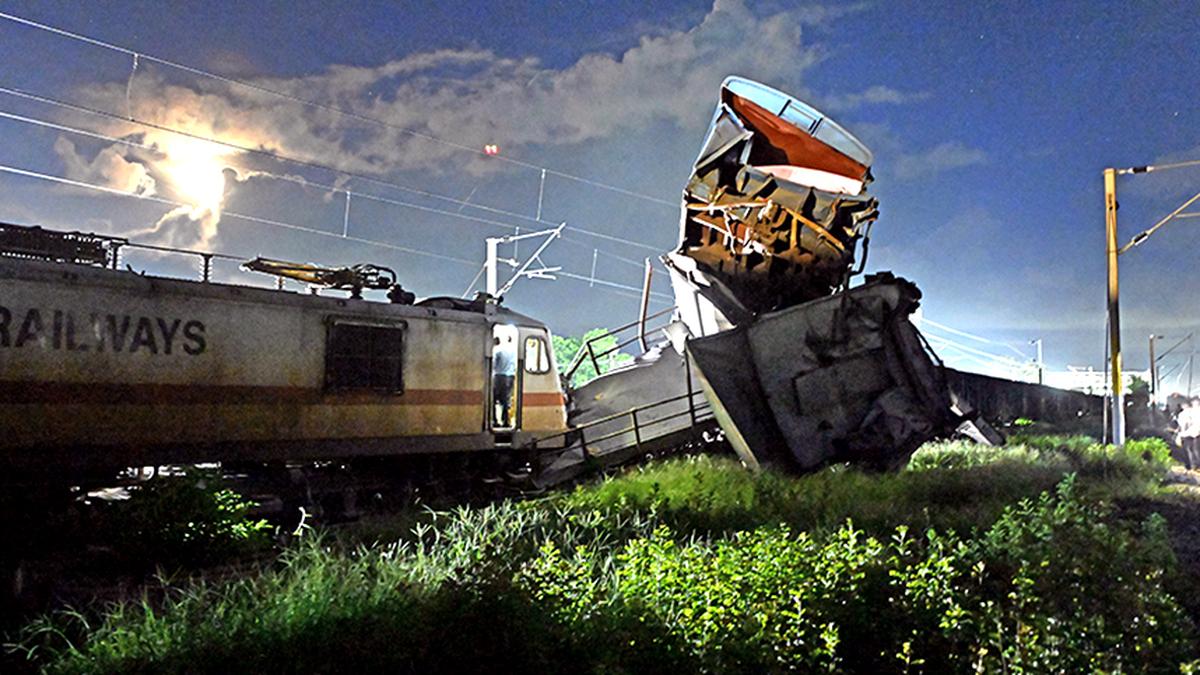Now Reading: Kerala HC Orders Formation of Ashtamudi Wetland Management Unit
-
01
Kerala HC Orders Formation of Ashtamudi Wetland Management Unit
Kerala HC Orders Formation of Ashtamudi Wetland Management Unit

Speedy Summary
- Kerala HC Directive: Kerala High Court has ordered the State government adn State Wetland Authority Kerala (SWAK) to set up an Ashtamudi Wetland management Unit within two months of official notification.
- Management Plan Timeline: An integrated management plan for the wetland must be finalized within six months.
- PIL Details: Public interest litigation filed by Boris Paul and Kollam-based Help Foundation raised concerns about waste dumping, encroachments, and resulting pollution in the Ramsar-designated Ashtamudi wetland.
- Environmental Impact Findings:
– The area of the wetland reduced from 61.4 sq. km to 34 sq. km due to pollution, encroachments, and siltation.
– Mangrove forests nearly disappeared; fish-breeding grounds severely impacted.
– Human waste (18% households discharging directly into lake), chemicals, hospital waste contributed significantly to water contamination.
– Open defecation exacerbated waterborne diseases around the area as per KSPCB sanitation surveys (2020-2022).
- NGT Penalty: National Green Tribunal fined ₹10 crore on Kerala’s government in early 2023 for failing to protect wetlands including Ashtamudi Lake.
- Ramsar Guidelines Emphasized: Dedicated authority with stakeholder involvement and a site-specific management plan required under Ramsar Convention recommendations but absent thus far.
- Court Orders Additional Measures:
– establishment of a website or web page for public feedback on conservation efforts via SWAK’s platform.- SOPs defining operational modalities for coordination among stakeholders.
Indian Opinion Analysis
the kerala High Court’s intervention highlights serious gaps in wetland conservation with possibly devastating ecological repercussions. The shrinking size of the Ashtamudi wetland-especially its halved depth-points to systemic neglect compounded by unmanaged urbanization, commercial activity, and poor sanitation infrastructure. Given its designation as a Ramsar site as 2002-a status aimed at prioritizing conservation-the reduction in biodiversity signals an urgent need for accountability.
The mandated establishment of a dedicated management unit reflects judicial intent to enforce compliance with international standards while emphasizing localized solutions like engaging diverse stakeholders through digital monitoring mechanisms. However, implementation timelines need strict adherence given historical failures associated with such initiatives.
From fisheries-dependent livelihoods at risk to disease outbreaks fueled by unchecked pollution sources like open defecation or direct human waste disposal into waterways-the situation underscores both environmental and public health vulnerabilities that demand immediate regulatory action free from bureaucratic delay. Whether these measures finally protect one of India’s most significant wetlands may serve as a litmus test for state-level execution capabilities under environmental protection norms.

























